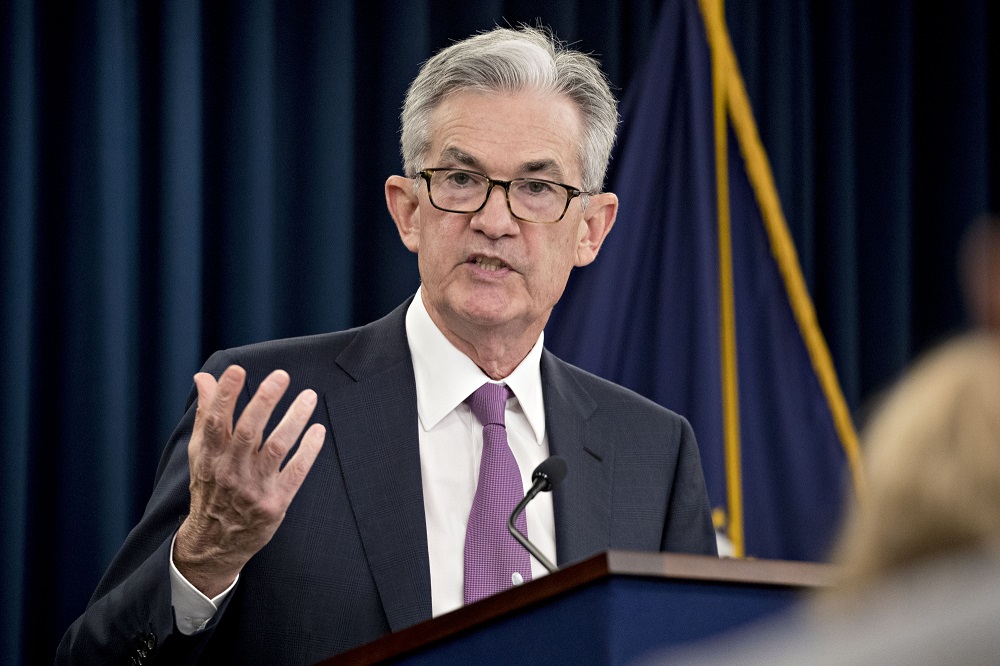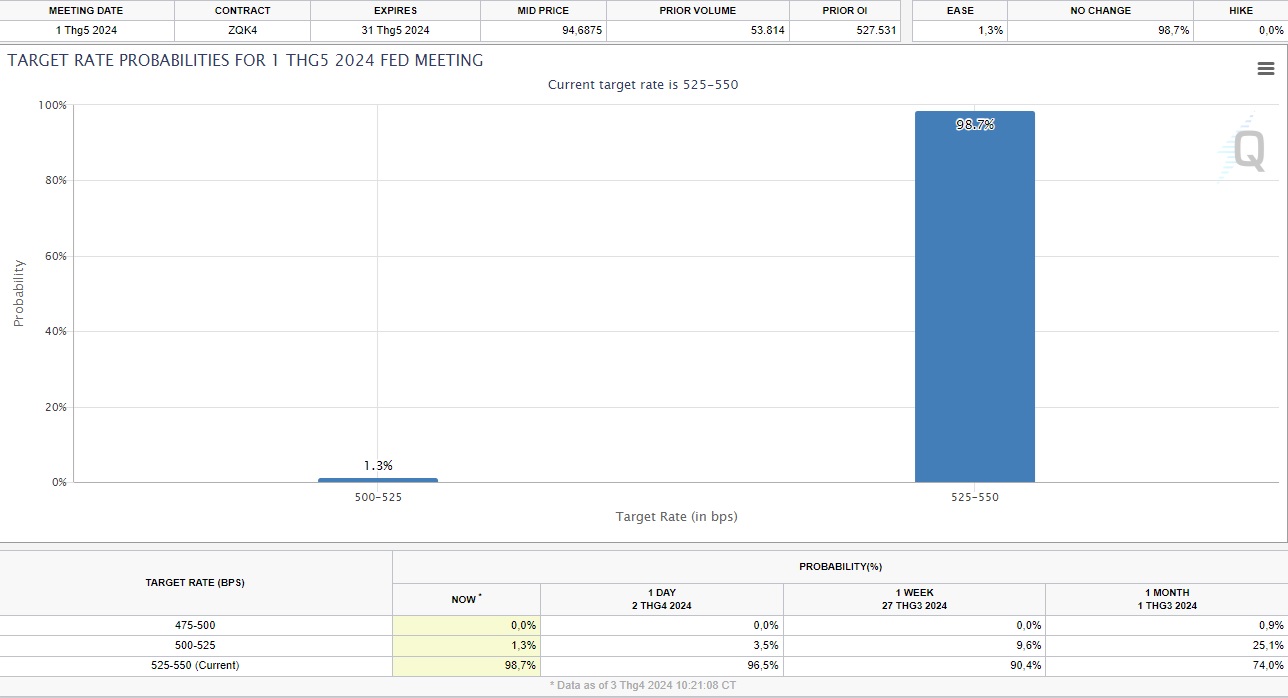Will the FED act in a political way?
In theory, the words “politics” and “Fed” should not appear in the same sentence. Fed policy is carried out independently of any political bias and data since its inception seems to bear this out. But is history only a good guide to the past, not the future? If it is, then we should expect the Fed to cut rates “on schedule” this year.

>> The Fed could keep high rates longer than the ECB
There are two senses in which we think the Fed could act in a ‘political’ way this year. The first, which is perhaps counter-intuitive, is that the Fed will consciously act in a way that is as apolitical as possible. What do we mean by this? We know that the Fed will be damned by Republican candidate and former president Donald Trump whether it cuts rates or not. For rate cuts will be portrayed by Trump as the Fed trying to engineer an election win for Biden, while maintaining high rates will be criticised by Trump as crucifying the economy (as he did when he was last president).
Arguably the best way that the Fed can be apolitical is to follow through with the policy outlook that it has presented for some time – which is that rates will likely be cut this year and by 75-bps in all if the majority of FOMC members are right. To deviate suddenly from this path by cutting far more than anticipated, or not at all would give those ready to accuse it of political interference even more ammunition.
Now clearly if economic data strongly suggests the need for earlier/greater rate cuts, or no rate cuts at all the Fed will go with it. We would not suggest for one second that the Fed would deviate from the fundamental economic picture in order to score a political point. But if the data are ‘neutral’ with respect to the interest rate debate, then it seems likely to us that this ‘apolitical’ bias will make the Fed more disposed to cutting rates than leaving them unchanged. If we assume that rate cuts favour Biden in the presidential race, then this apolitical bias could actually be seen as a political bias in favour of Biden.
Or, put another way, if this were not an election year and the Fed were not so keen to act apolitically, then ‘neutral’ data might have made the Fed hold off for longer. What’s more, we sense that the current perception in the market that the Fed is keen to hang on to the rate cut scenario, even when the data are less supportive, may reflect this apolitical aim.

The second potential role of politics is far more controversial by acknowledging the, almost subliminal, support of one candidate (Biden) over another (Trump). Now, once again, this is not any sort of bias that usurps the primacy of the economic data. But if the numbers are ‘neutral’ from a monetary policy perspective we feel this political factor also supports the idea of rate cuts over inaction. First up, let’s be clear about what we are not talking about when it comes to political bias.
>> What if FED will not cut rates this year?
We are not, for instance, suggesting that individual Fed members will vote based on political allegiance. Nor are we suggesting that there will be any sort of political discussion within the FOMC that creates a popular political view. And it is not about favouring a candidate because of the macro policies that they might pursue. Instead, as we’ve said earlier, if there is a political bias within the FOMC it is almost subliminal; not reflecting Party allegiance, but more reflecting issues such as the threat to democracy and to US institutions from a Trump victory, the difficulty of having a president that might be found guilty of one, or more, of the many convictions he faces, or the potentially adverse consequences for geopolitics.
Once again, it is important to stress that even faint subliminal concerns about a second Trump presidency won’t usurp the message from the data. And besides, doing so could make things worse for Biden anyway. For if inflation data appears to rule out easing but the Fed still cuts, we’d likely see treasury yields rise – and mortgages as well – which would harm Biden’s campaign, not help it. Hence our point is not at all that being both apolitical and political at the same time are at the forefront of the Fed’s thinking. But if rate cuts this year come down to fine margins, this “margin” could be down to politics, not economics.








